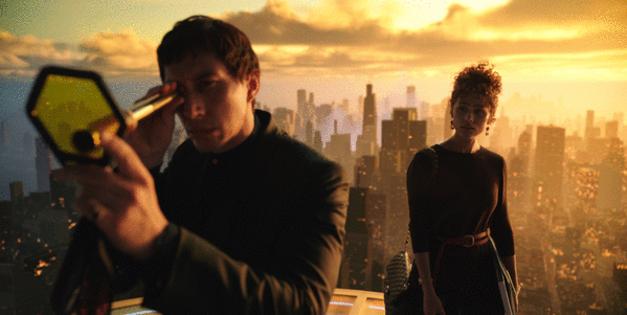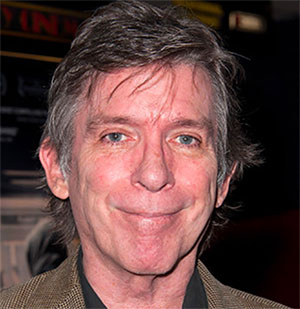Beyond 'Megaflopolis': Winning and losing at the box office is all about the zeitgeist
Published in Entertainment News
LOS ANGELES — The fall box office season is an odd stew, a real gumbo of opportunistically timed horror movies, Hollywood blockbusters and artsy festival darlings hoping to get mainstream attention and Oscar buzz as “Wicked” and “Gladiator II” prepare to take over cinemas ahead of Thanksgiving.
Then there’s “Megalopolis,” which defies categorization, for better or worse.
The $120 million self-financed passion project from Francis Ford Coppola bombed, as expected, with $4 million in domestic ticket sales and earning a brutal “D+” rating from audience polling firm CinemaScore. Professional critics were wildly split on it. Moviegoers were baffled by it. It was never going to be a big commercial success.
And yet, shouldn’t we be kind of happy that it exists?
Coppola, maker of “The Godfather,” “Apocalypse Now” and “The Conversation,” put his own millions on the line to make it happen, even selling off a portion of his wine empire to raise the money. He covered the production budget, plus marketing and distribution costs. Lionsgate took the reputational gamble to release it in the U.S. for a fee and no financial risk.
Disasters like this used to bankrupt studios. With “Megalopolis,” it’s hard to see who’s hurt by the failure, other than Coppola’s estate. Oh, and let’s not forget the marketing consultant who used artificial intelligence to generate fake quotes from real critics that ended up being used in a trailer. (Lionsgate pulled the video and apologized for it.)
Lionsgate film boss Adam Fogelson said in an emailed statement that the company was proud to release the movie, adding that, “like all true art, it will be viewed and judged by movie audiences over time.” If “Megalopolis” turns out to be remembered as a curiosity or an extremely expensive museum piece — truly art for art’s sake — that’s fine. If future audiences revere it as a misunderstood gem, all the better.
But it just was never going to hit the zeitgeist, and that’s what makes or breaks movies in 2024. Meanwhile, DreamWorks Animation’s “The Wild Robot,” an acclaimed family film based on an illustrated children’s book, topped expectations with $35 million in ticket sales from the U.S. and Canada, a solid start for a non-sequel in a hopeful sign of the health of the animation business.
Overall domestic revenue numbers in 2024 are still down about 11% from last year and significantly worse compared to pre-pandemic levels.
As the box office has slowly recovered, it’s become increasingly clear that what determines a movie’s success or failure isn’t some microtrend in audience preferences, as fun as it is to try to identify those. It’s about whether the films in question tap into a current mood in the culture. That’s what the game is all about now, and it’s what makes the business so difficult to predict.
After all, what determines the zeitgeist? Is it originality? Not necessarily. Is it animation or family appeal? No. Is it critics’ reviews? Definitely not, though they don’t hurt. It’s an intangible attribute. Is it marketing? Sure, a good campaign can amplify something that already has the juice, but it can’t create it on its own. “Longlegs” had it. So did “Inside Out 2” and “It Ends With Us.” Good luck trying to mine any universal takeaways from such an eclectic group of hits.
The next film to try to capture the moment comes this weekend, with Todd Phillips’ “Joker: Folie à Deux” arriving in theaters. The Warner Bros. sequel comes five years after the original, which definitely created a cultural wave. The first “Joker” opened with $96 million domestically and ended up grossing $1 billion worldwide. It was also nominated for best picture at the Oscars and won for actor and original score.
Analysts aren’t expecting the follow-up, an ambitious quasi-musical with Lady Gaga starring alongside Joaquin Phoenix, to reach those heights. Most prognosticators are projecting an opening of $50 million to $60 million in North America based on the most recent audience tracking surveys, which would be lower than earlier estimates.
The previous “Joker” tapped into a certain national vibe. It was also, in a dark and semi-grounded way, a fresh take on the supervillain origin story trope. But this is a grim franchise, and it’s unclear whether today’s audiences are in the mood, given the grimness Americans are inundated with on an everyday basis.
And mood, it seems, counts for a lot.
©2024 Los Angeles Times. Visit at latimes.com. Distributed by Tribune Content Agency, LLC.













Comments